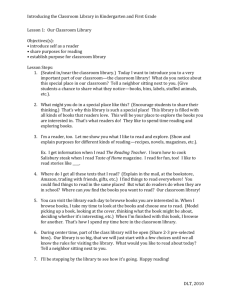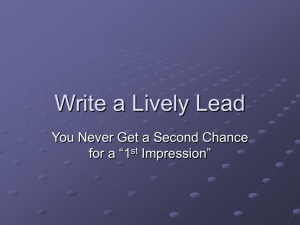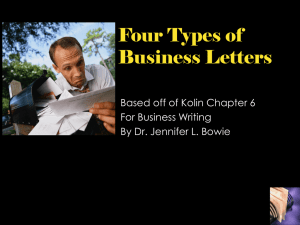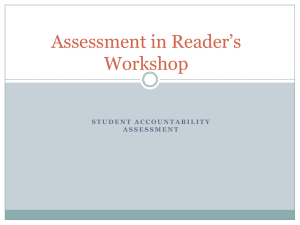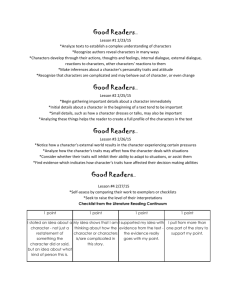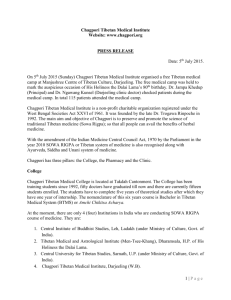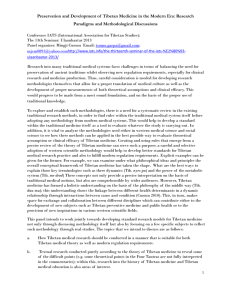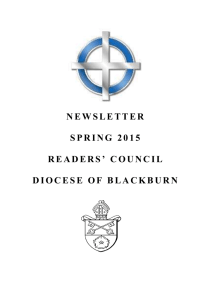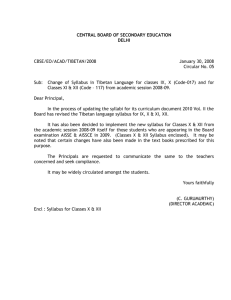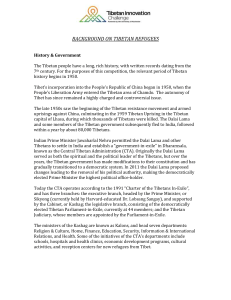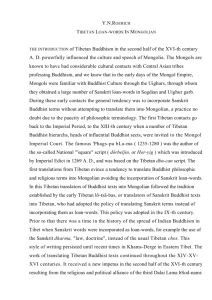2014 The Research Process Understanding your role
advertisement
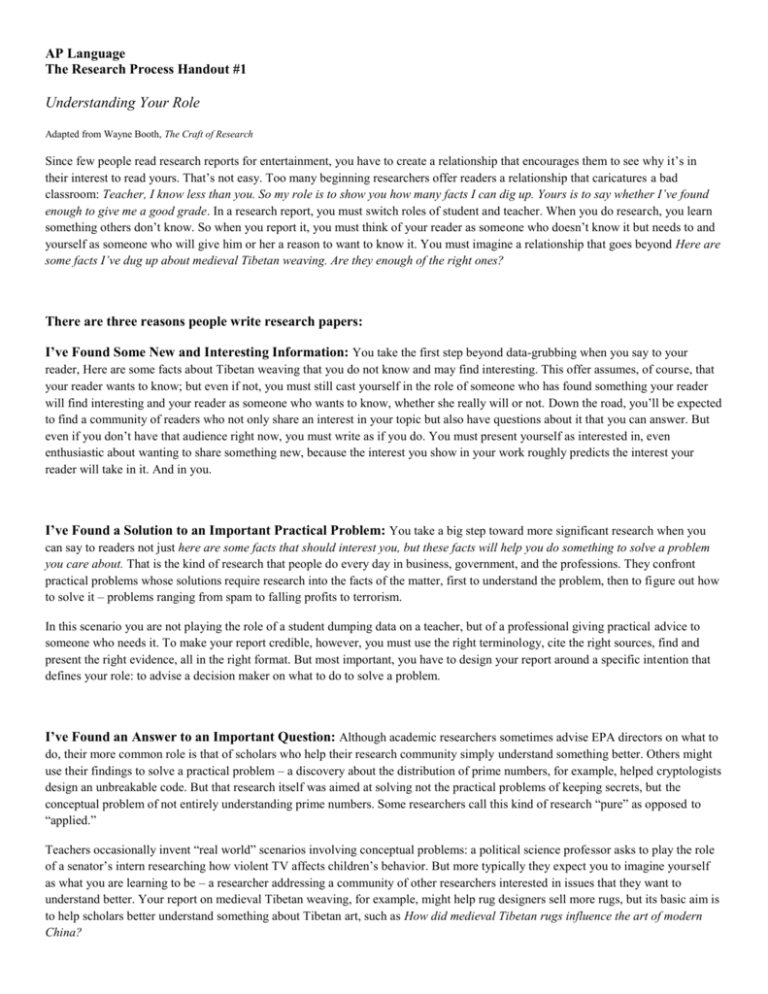
AP Language The Research Process Handout #1 Understanding Your Role Adapted from Wayne Booth, The Craft of Research Since few people read research reports for entertainment, you have to create a relationship that encourages them to see why it’s in their interest to read yours. That’s not easy. Too many beginning researchers offer readers a relationship that caricatures a bad classroom: Teacher, I know less than you. So my role is to show you how many facts I can dig up. Yours is to say whether I’ve found enough to give me a good grade. In a research report, you must switch roles of student and teacher. When you do research, you learn something others don’t know. So when you report it, you must think of your reader as someone who doesn’t know it but needs to and yourself as someone who will give him or her a reason to want to know it. You must imagine a relationship that goes beyond Here are some facts I’ve dug up about medieval Tibetan weaving. Are they enough of the right ones? There are three reasons people write research papers: I’ve Found Some New and Interesting Information: You take the first step beyond data-grubbing when you say to your reader, Here are some facts about Tibetan weaving that you do not know and may find interesting. This offer assumes, of course, that your reader wants to know; but even if not, you must still cast yourself in the role of someone who has found something your reader will find interesting and your reader as someone who wants to know, whether she really will or not. Down the road, you’ll be expected to find a community of readers who not only share an interest in your topic but also have questions about it that you can answer. But even if you don’t have that audience right now, you must write as if you do. You must present yourself as interested in, even enthusiastic about wanting to share something new, because the interest you show in your work roughly predicts the interest your reader will take in it. And in you. I’ve Found a Solution to an Important Practical Problem: You take a big step toward more significant research when you can say to readers not just here are some facts that should interest you, but these facts will help you do something to solve a problem you care about. That is the kind of research that people do every day in business, government, and the professions. They confront practical problems whose solutions require research into the facts of the matter, first to understand the problem, then to figure out how to solve it – problems ranging from spam to falling profits to terrorism. In this scenario you are not playing the role of a student dumping data on a teacher, but of a professional giving practical advice to someone who needs it. To make your report credible, however, you must use the right terminology, cite the right sources, find and present the right evidence, all in the right format. But most important, you have to design your report around a specific intention that defines your role: to advise a decision maker on what to do to solve a problem. I’ve Found an Answer to an Important Question: Although academic researchers sometimes advise EPA directors on what to do, their more common role is that of scholars who help their research community simply understand something better. Others might use their findings to solve a practical problem – a discovery about the distribution of prime numbers, for example, helped cryptologists design an unbreakable code. But that research itself was aimed at solving not the practical problems of keeping secrets, but the conceptual problem of not entirely understanding prime numbers. Some researchers call this kind of research “pure” as opposed to “applied.” Teachers occasionally invent “real world” scenarios involving conceptual problems: a political science professor asks to play the role of a senator’s intern researching how violent TV affects children’s behavior. But more typically they expect you to imagine yourself as what you are learning to be – a researcher addressing a community of other researchers interested in issues that they want to understand better. Your report on medieval Tibetan weaving, for example, might help rug designers sell more rugs, but its basic aim is to help scholars better understand something about Tibetan art, such as How did medieval Tibetan rugs influence the art of modern China? Finding a Research Problem that Might Be Worth Solving: Find a topic specific enough to let you master a reasonable amount of information on it in the time you have. Question that topic until you find questions that catch your interest. Determine the kind of evidence your readers will expect you to offer in support of your answers. Determine whether you can find those data. For the purposes of this exercise, choose a topic you might want to research. Write the topic in the form of a question. On a sheet of paper that you will keep in your research folder, answer the following questions about your potential topic: 1. Who will read my report? Professionals who expect me to follow academic conventions Well-informed general readers General readers who know little about the topic 2. What do they expect me to do? Should I Entertain them Provide new factual knowledge Help them understand something better Help them do something to solve a practical problem in the world? 3. How much can I expect them to know already? What do they know about my topic? Is the problem one that they already recognize? Is it one that they have but haven’t yet recognized? Is the problem not theirs, but only mine? Will they take the problem seriously, or must I convince them that it matters? 4. How will readers respond to the solution/answer in my main claim? Will it contradict what they already believe? How? Will they make standard arguments against my solution? Will they want to see the steps that led me to the solution?


